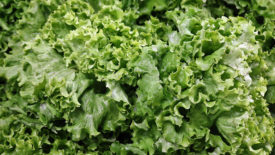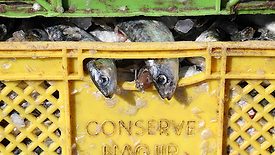Food Type
Safety and Nutritional Risks Associated with Plant-Based Meat Alternatives
Several challenges are associated with newer plant-based foods, including allergen, chemical, quality, and microbiological concerns
April 20, 2022
Reformulation Challenges with Functional Ingredients in Packaged Meat Products
Sodium alternatives for packaged meat products face challenges with reformulation, shelf life, and food safety and quality
April 19, 2022
Planting the Food Safety Flag: Plant Protein's 'Better Food' Halo Shouldn't Breed Food Safety Overconfidence
The plant-based foods sector must emerge from its "learning curve" as a mature industry with a strong sense of food safety purpose
April 18, 2022
Never miss the latest news and trends driving the food safety industry
eNewsletter | Website | eMagazine
JOIN TODAY!Copyright ©2025. All Rights Reserved BNP Media.
Design, CMS, Hosting & Web Development :: ePublishing










